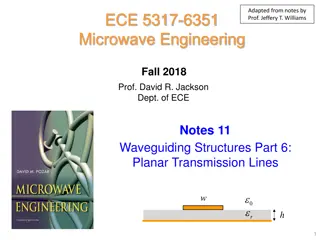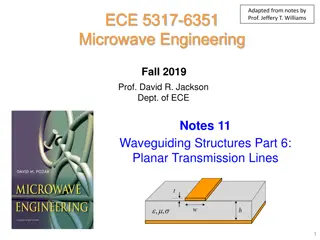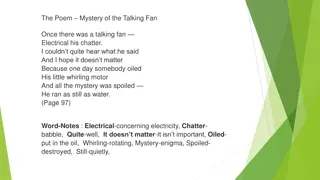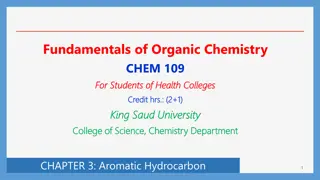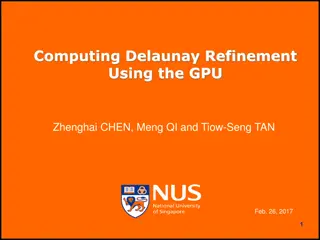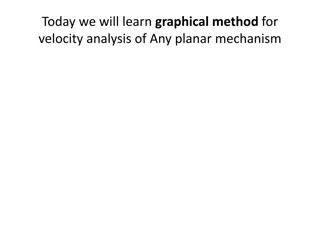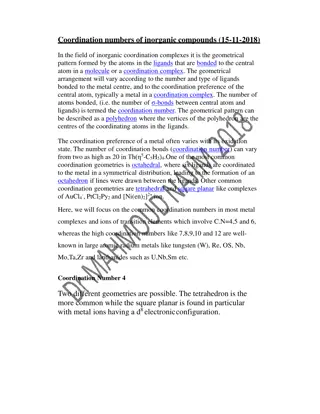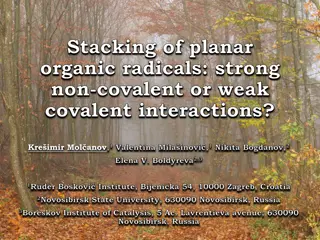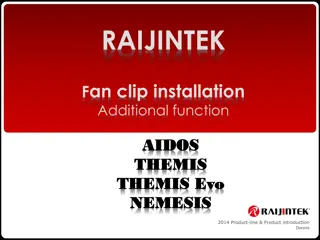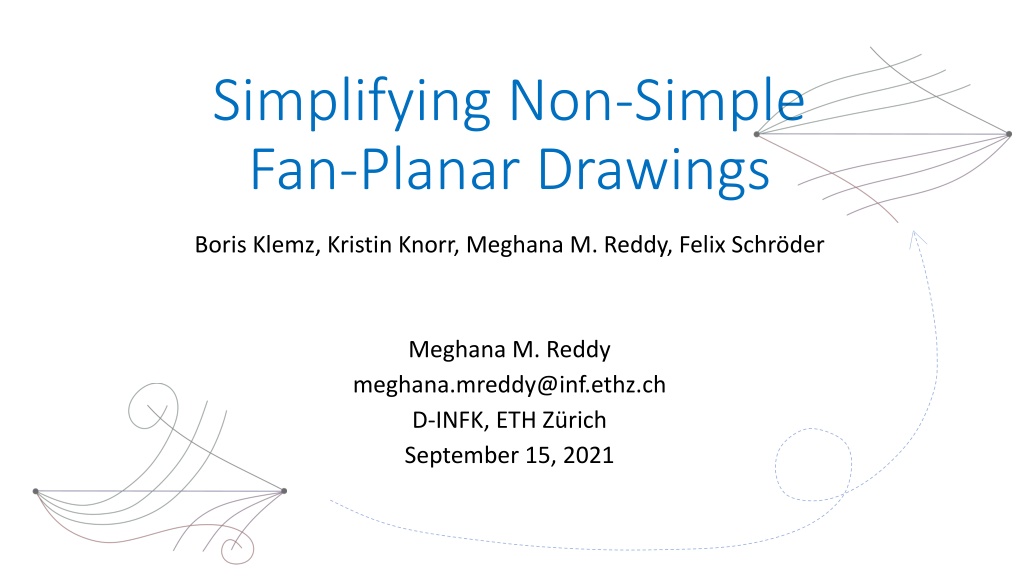
Understanding Fan-Planar Graphs: Simplifying Techniques and Algorithms
Explore the concept of fan-planar graphs and learn about simplifying non-simple fan-planar drawings using elementary methods. Discover how to recognize fan-planar graphs and the differences between simple and non-simple fan-planarity. Dive into algorithms for simplifying and recognizing fan-planar graphs efficiently.
Uploaded on | 1 Views
Download Presentation

Please find below an Image/Link to download the presentation.
The content on the website is provided AS IS for your information and personal use only. It may not be sold, licensed, or shared on other websites without obtaining consent from the author. Download presentation by click this link. If you encounter any issues during the download, it is possible that the publisher has removed the file from their server.
E N D
Presentation Transcript
Simplifying Non-Simple Fan-Planar Drawings Boris Klemz, Kristin Knorr, Meghana M. Reddy, Felix Schr der Meghana M. Reddy meghana.mreddy@inf.ethz.ch D-INFK, ETH Z rich September 15, 2021
Simple Topological Drawings Any two edges have at most one point in common, including endpoints. X X X X 1
Near-Planar Graphs Planar graphs: Graphs that have a drawing where no edge is crossed. Near-Planar graphs: Non-planar graphs with topological constraints Specific types of crossings Number of crossings Forbidden crossing patterns k-planar graphs k-quasi-planar graphs RAC graphs X Fan-planar graphs 3-quasi-planar 2-planar
Fan-Planar Graphs Fan-Planar drawing: All the edges crossing an edge ? are incident to a common vertex, and this vertex lies on the same side of the edge ?. X Special vertex Forbidden configurations
Simple Fan-Planar Graphs Introduced by Kaufmann and Ueckerdt in 2014. simple fan-planarity simple 3-quasiplanarity Non-simple drawing Recognizing fan-planar graphs is NP-hard [Binucci et al., 2015], also in the fixed rotation system setting [Bekos et al., 2017]. Maximal outer-fan-planar graphs can be recognized in polynomial time [Bekos et al., 2017].
Non-Simple Fan-Planar Graphs X Non-simple fan-planarity vs non-simple 3-quasiplanarity? Can every non-simple fan-planar drawing be redrawn as a simple fan-planar drawing of the same graph? Yes!
Simplifying using elementary methods Exchange operation Reroute operation Not fan-planar anymore Not fan-planar anymore
Algorithm for Simplifying Component 1 Component 2 Component 3
Algorithm for Simplifying Adjacent crossings where special vertex is incident to the edge Component 2 x Component 3
Algorithm for Simplifying Adjacent crossings where special vertex is incident to the edge Edges which cross more than once Component 3
Algorithm for Simplifying Adjacent crossings where special vertex is incident to the edge Edges which cross more than once Adjacent crossings where special vertex is not incident to the edge
Algorithm for Simplifying Adjacent crossings where special vertex is incident to the edge Edges which cross more than once Adjacent crossings where special vertex is not incident to the edge
Conclusion Any non-simple fan-planar drawing can be redrawn into a simple fan-planar drawing of the same graph. All the results and algorithms for edge density and recognition of simple fan- planar graphs follow for non-simple fan-planar graphs as well. Can a non-simple fan-planar drawing be redrawn into a a simple fan-planar drawing when the rotation system is fixed? Thank you! 12
Algorithm for Simplifying Adjacent crossings where special vertex is incident to the edge Component 2 x Component 3
Algorithm for Simplifying Adjacent crossings where special vertex is incident to the edge Edges which cross more than once x x x Component 3
Algorithm for Simplifying Adjacent crossings where special vertex is incident to the edge Edges which cross more than once Adjacent crossings where special vertex is not incident to the edge
Algorithm for Simplifying Adjacent crossings where special vertex is incident to the edge Edges which cross more than once Adjacent crossings where special vertex is not incident to the edge
Algorithm for Simplifying Adjacent crossings where special vertex is incident to the edge Edges which cross more than once Adjacent crossings where special vertex is not incident to the edge








